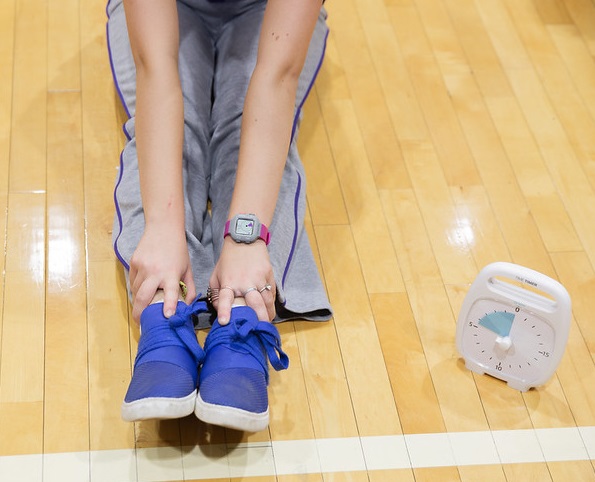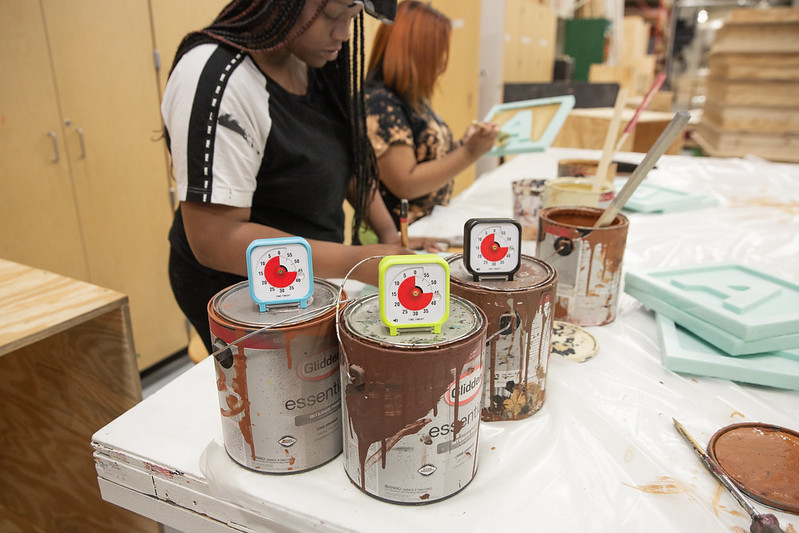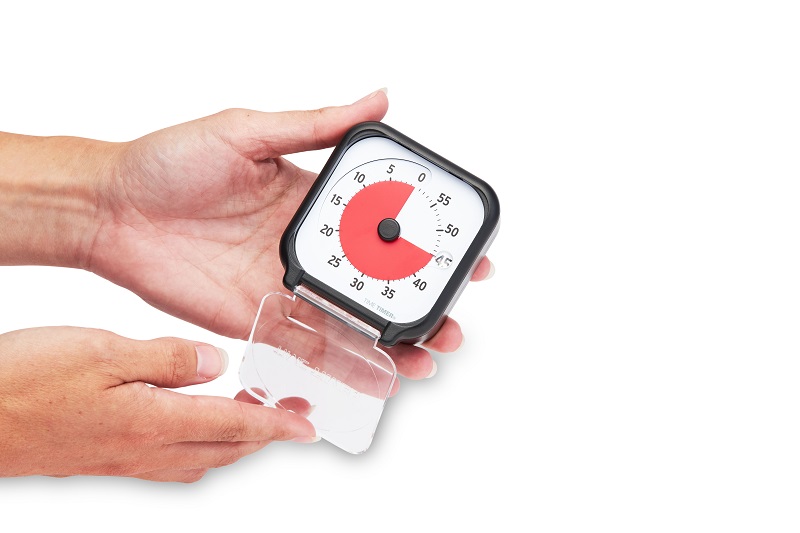Teaching Your Children Mindfulness
With an increasing number of distractions and the perceived constant need to be connected, mindfulness practices and the ability to live in the present moment are more essential than ever.
For children in the modern world, the distractions that exist today can be a challenge. It is important to recognize the positive impact that mindfulness plays in our own lives and work to model and instill these practices in our children for them to live more joyful healthy lives.
Let’s shut off the devices for a while and refocus on what’s happening in the world around us and for our children. Start early and develop good habits that can stick with them as they reach the teenage years and face more obstacles in blocking out the world around them.
Here are some ideas to help kids establish and integrate mindfulness practices into daily routines:
1. Help your kids notice and identify body sensations, thoughts, and emotions.
Rather than trying to immediately try to correct or help your kid when they are upset or sad, get them to put some words or thoughts about how they are feeling. Try to identify what it is that made them sad so they can recognize what led them to feel that way. Similarly, when they’re on a high note, ask them to identify what it is that led them to that experience.
By taking time to recognize the cause of certain emotions, over time they can start to make adjustments when things start to go awry or they are in need of a positive reset. Remember to give them opportunities to just ride their emotions as well to take pressure off needing to always try to analyze and “fix” their experiences.
2. Slow down and take things at your kid’s pace.
With many activities and experiences heavily scheduled and scripted, it’s important to remember to slow down and allow your kids to explore at their own pace. Some major breakthroughs in their emotional wellbeing can occur from being present in their immediate situation, rather than focusing on tasks and moving on to the next activity.
Next time you go take a walk in the woods, leave the map behind (or in your backpack!) and just allow the kids to follow the trails that seem the most exciting or interesting to them. Don’t plan anything to do afterward and stay out as long as they desire. Let them listen to the sound of the birds or water flowing nearby, examine the plants and trees along the trail, and just immerse themselves in their surroundings. Many say that nature can be extremely healing and being present and not on a strict schedule can allow our kids to experience this powerful feeling.
3. Establish screen-free time.
If your children are older or just struggling to unplug, cultivating space for screen-free time can be incredibly beneficial. Establish some time on a daily basis where all TVs, devices, phones, etc are off-limits in order to focus on being present and engaging in everyone’s immediate surroundings.
Centered around mealtimes or at the beginning or end of the day or transitions can be a perfect time for this. You might like to use the Time Timer PLUS® 120 Minute and set it for an hour or two when you sit down to eat. Enjoy each other’s company, don’t rush through the meal, and allow for some time to connect or solo reflection once the meal is over.
Mindfulness is an important way for our kids to learn how to self-regulate and find balance in a busy and overstimulating world. Teach children early to establish strong habits to help them maintain calm in their lives as distractions continue to mount as they grow older, and allow them to harness the health benefits of mindfulness practices to feel more grounded and content in daily life.







